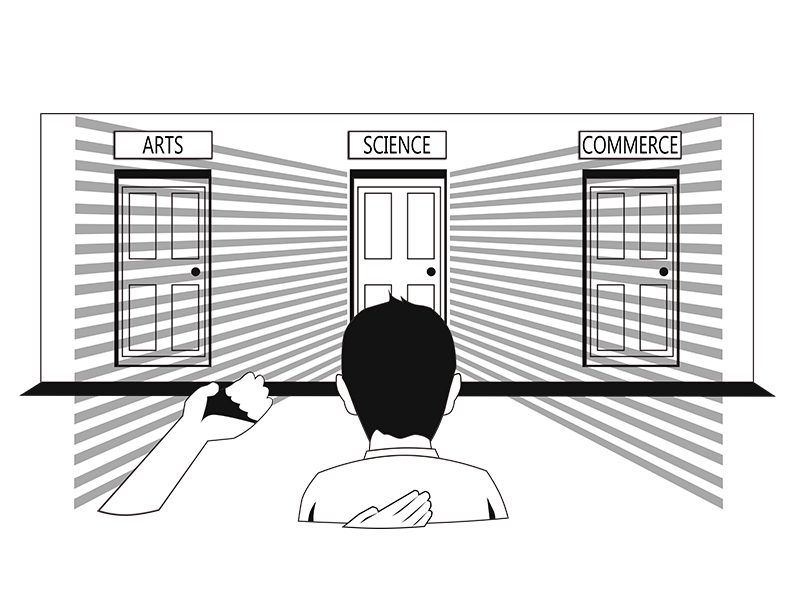It’s the same story every Indian spring. Board examination results are declared, schools and colleges flooded with admission applications, and parents begin losing their sleep. Amidst this annual chaos, it is not uncommon for the students to be disregarded in their opinions and choices. The all-too-common aspiration is the stepping into a study of ‘Science’, where even parents push their children to enroll into a related field of the stream. In the Indian education system, the Higher Secondary levels (Classes …
The Fault In Our StarsRead More »
Interested in non-clickbait content? Become a member today.
You'll get access to:
- All content
- Comic Books
- Personalized cartoons
- Member credits in our videos and much more!
Become a member
Already a member? Log In
